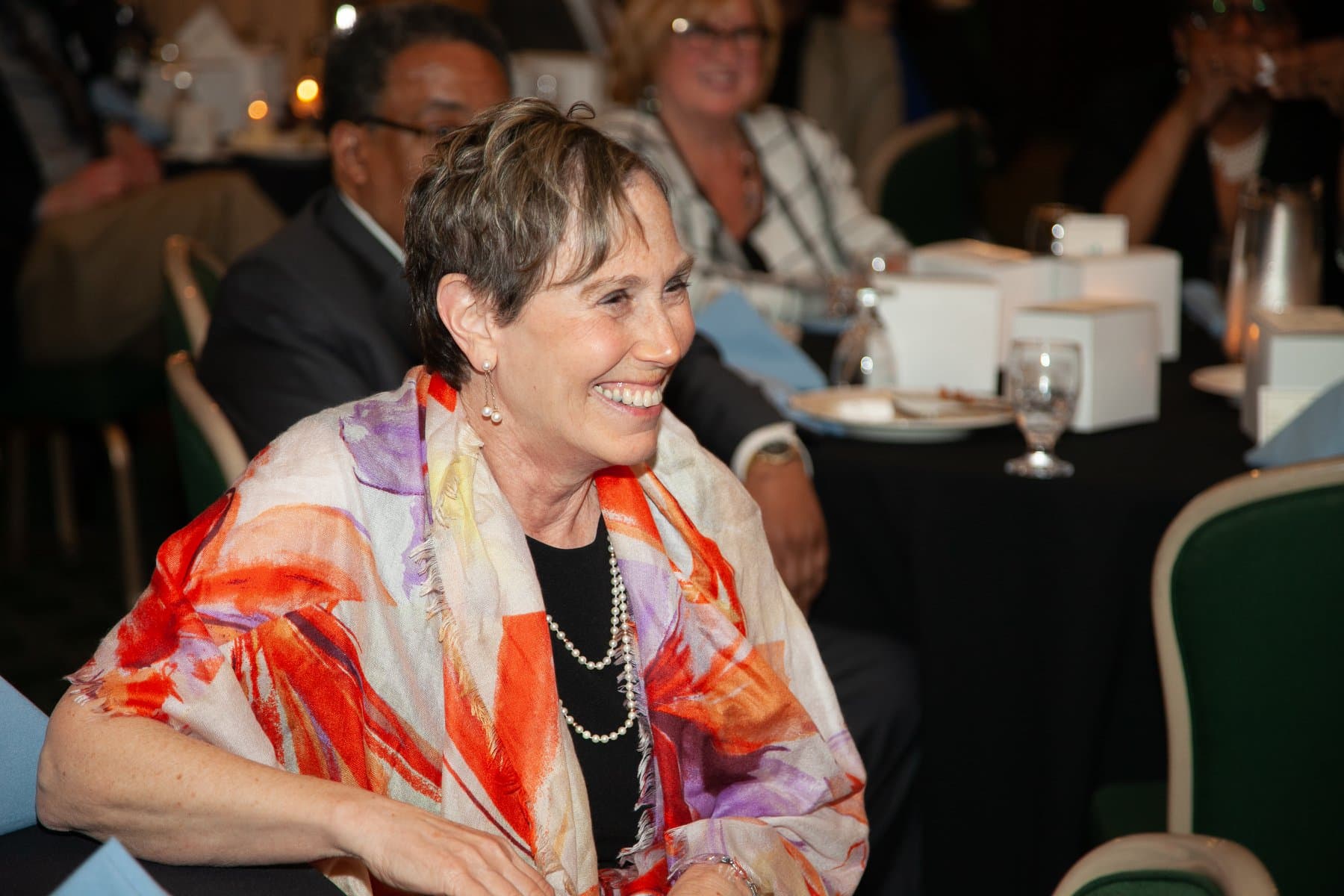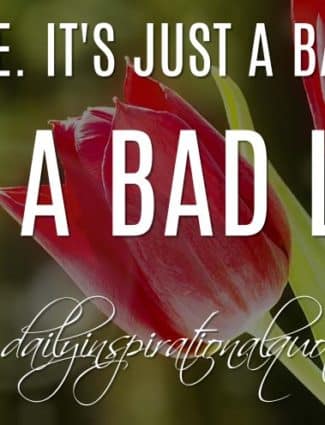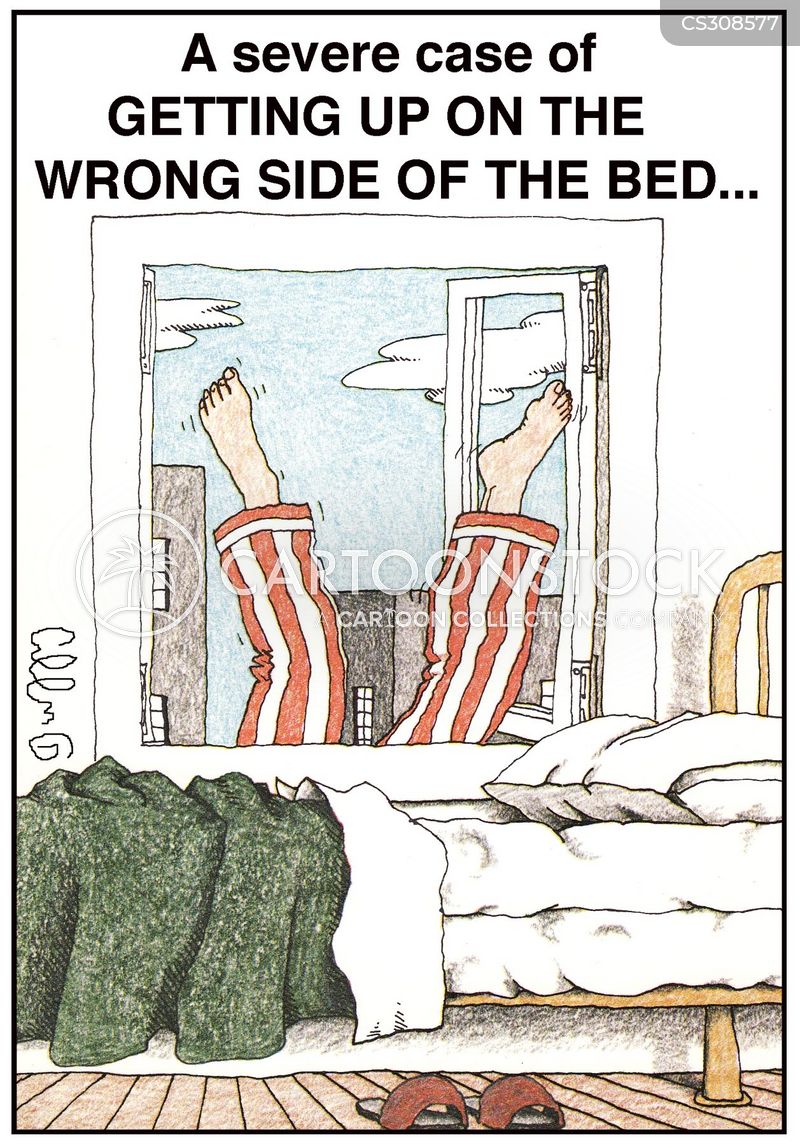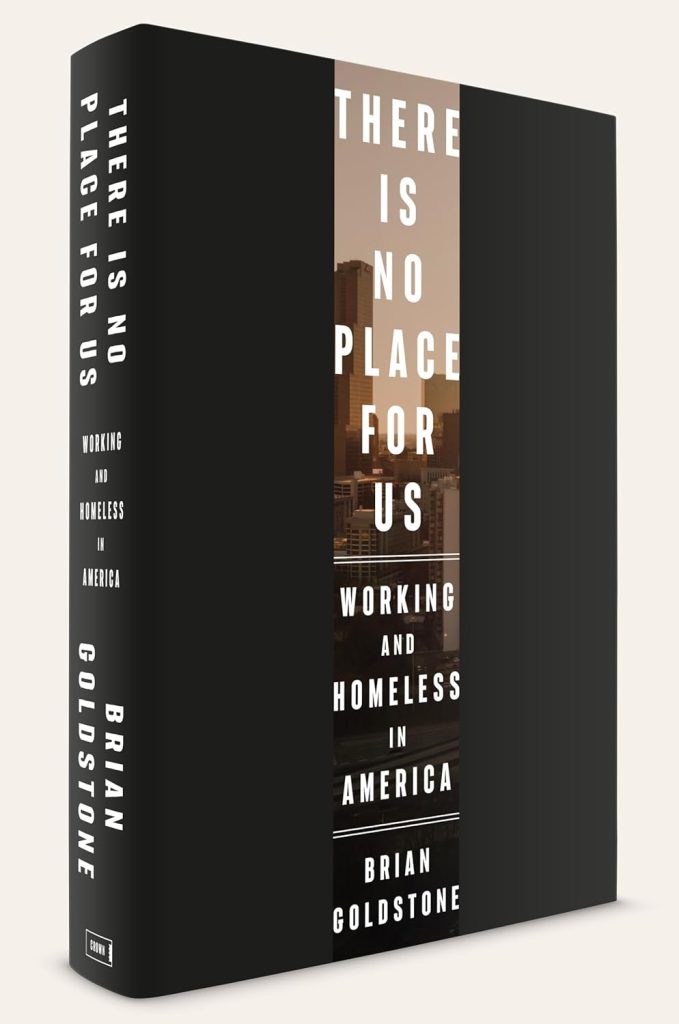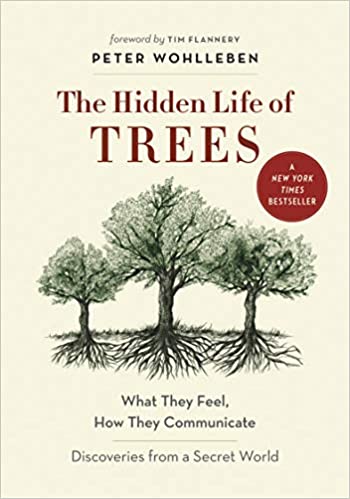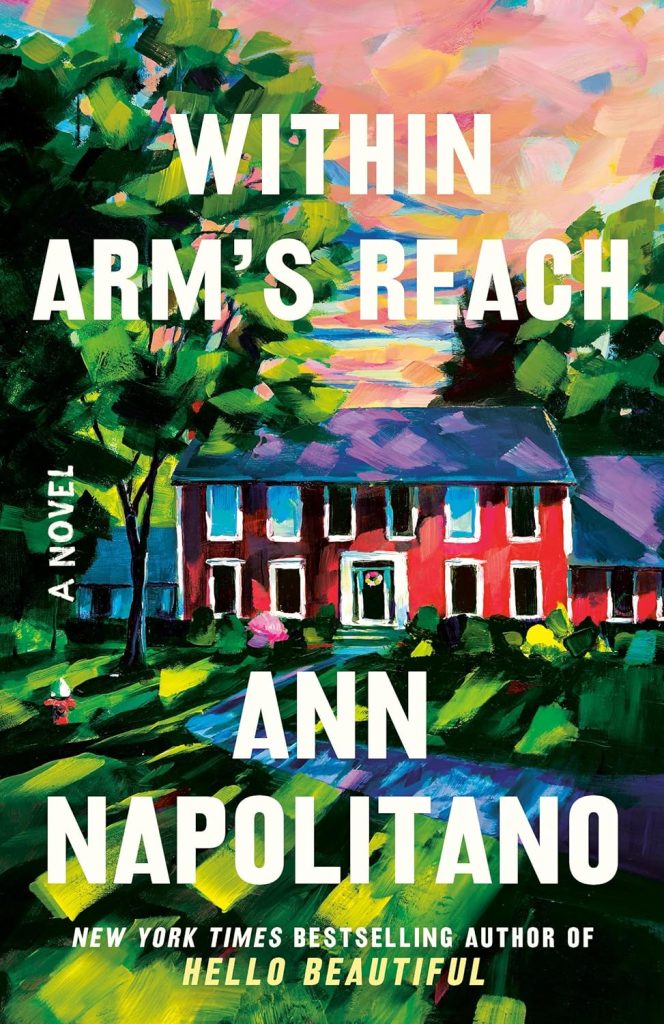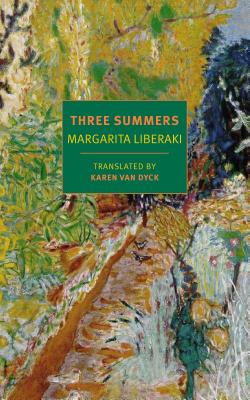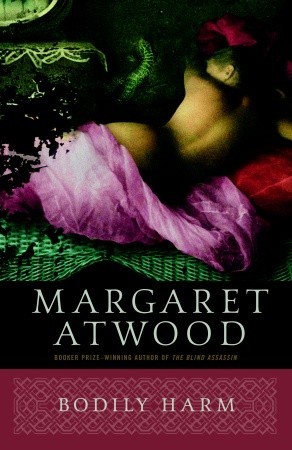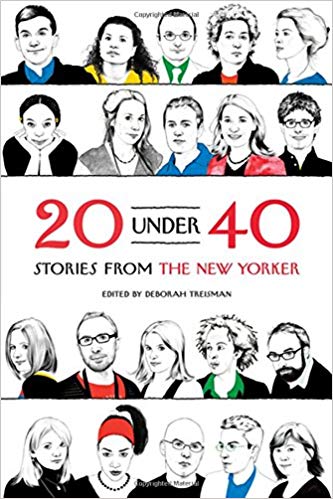
Upside Down Days
Estimated reading time: 1 minute, 6 seconds Days can become weeks, and our lives may change only incrementally.
Days can become weeks, and our lives may change only incrementally.
We may not notice that we have grown or our lives are not what we once dreamed they would be.
But then we have days when everything changes in the blink of an eye.
I am not sure what happened last night, but I woke up in the wee hours of the night, and my leg was like molten rubber.
My legs swayed like I was on the Titanic after the iceberg.
Either I was dreaming, or I had a Dickensian visitor predicting my future.
Part of me believes I slept on the bathroom floor while, in my mind’s eye, I was in bed.
Whichever occurred, it was a night of little sleep, and the morning was off kelter.
I need to renew my vows to love Jan forever and let her spirit lead me forward one step at a time.
The Jan Lilien Education Fund sponsors ongoing sustainability and environmental awareness programs. Gifts made this month; I will match dollar-for-dollar. All donations are tax-deductible.
I receive a commission when you buy a book or product using a link on this page. Thank you for supporting Sharing Jan’s Love blog.
